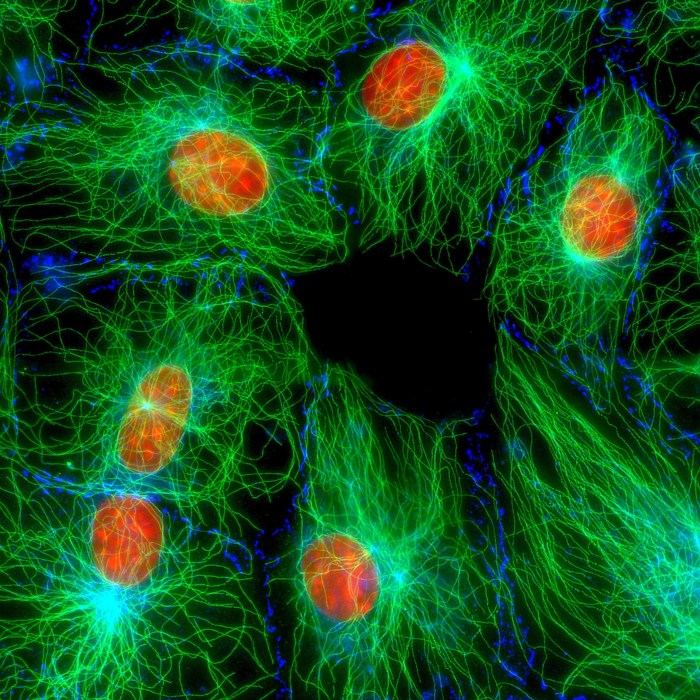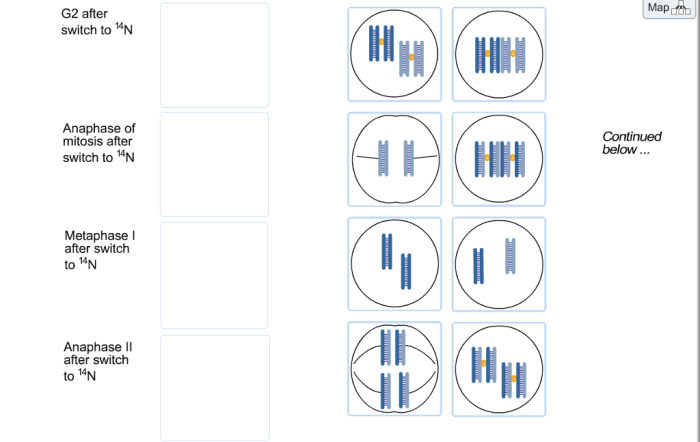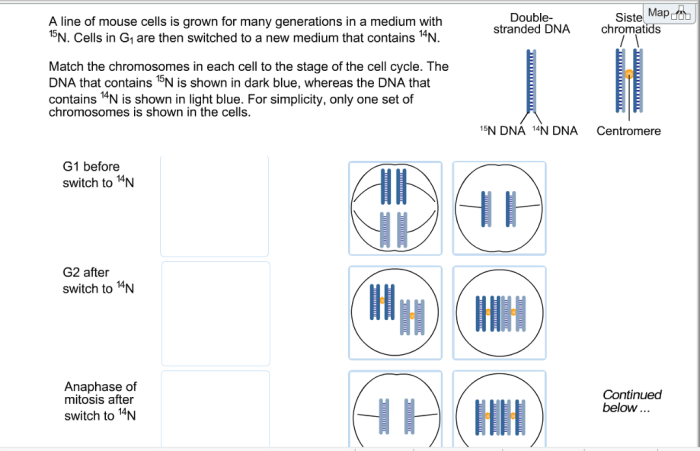As a line of mouse cells is grown for many generations takes center stage, this opening passage beckons readers with authoritative prose into a world crafted with scientific rigor, ensuring a reading experience that is both absorbing and distinctly original.
This exploration delves into the fascinating process of cultivating mouse cells over extended periods, uncovering the techniques employed to maintain their viability and propagate their lineage. We will examine the diverse applications of these cell lines in biomedical research, drug discovery, and toxicology studies, highlighting their contributions to scientific advancements.
Furthermore, we will delve into the ethical considerations surrounding the use of mouse cell lines, emphasizing the importance of responsible practices and animal welfare. By exploring the complexities of cell line generation, characterization, and applications, we aim to provide a comprehensive understanding of this essential tool in modern biological research.
Cell Line Generation
Growing a line of mouse cells for many generations involves establishing and maintaining a stable population of cells in culture. The process typically starts with isolating cells from a specific tissue or organ of a mouse. These cells are then placed in a growth medium containing nutrients and factors necessary for cell survival and proliferation.
The cells are maintained in an incubator under controlled conditions of temperature, humidity, and gas composition.
To ensure the continuity of the cell line, cells are passaged or subcultured regularly. During passaging, a portion of the growing cells is transferred to a new culture vessel containing fresh growth medium. This process allows for the expansion of the cell population and the removal of waste products that accumulate over time.
Techniques used to maintain and propagate cell lines include:
- Cell culture media:Specialized media formulations provide essential nutrients and growth factors for specific cell types.
- Cell passaging:Regular transfer of cells to fresh media ensures optimal growth conditions and prevents overgrowth.
- Cryopreservation:Cells can be preserved in liquid nitrogen for long-term storage and later revived for use.
Examples of cell lines that have been grown for extended periods include:
- HeLa cells:A widely used immortal cell line derived from cervical cancer cells.
- NIH 3T3 cells:A fibroblast cell line commonly employed in biomedical research.
- CHO cells:A Chinese hamster ovary cell line extensively used in biotechnology for protein production.
Cell Line Characterization

Characterizing a mouse cell line involves assessing its genetic and phenotypic properties to establish its identity and stability. Genetic characterization includes:
- Karyotyping:Analysis of chromosome number and structure to detect any abnormalities or rearrangements.
- DNA fingerprinting:Identifying unique DNA sequences to confirm the cell line’s origin and prevent cross-contamination.
- Gene expression analysis:Determining the expression levels of specific genes using techniques like RT-PCR or RNA sequencing.
Phenotypic characterization includes:
- Immunofluorescence:Staining cells with antibodies to visualize specific proteins or cellular components.
- Flow cytometry:Measuring cell surface markers or intracellular proteins using fluorescent probes.
- Cell morphology:Observing cell shape, size, and growth patterns under a microscope.
These characterization techniques help ensure the accuracy and reliability of research using cell lines.
Cell Line Applications: A Line Of Mouse Cells Is Grown For Many Generations

Mouse cell lines have a wide range of applications in biomedical research, drug discovery, and toxicology studies:
- Disease modeling:Studying the molecular mechanisms of human diseases using cell lines derived from affected tissues.
- Drug development:Testing the efficacy and safety of new drugs on cell lines representing specific cell types or disease states.
- Toxicology:Assessing the potential toxicity of chemicals or environmental agents on cell lines.
- Biotechnology:Producing proteins or other molecules for therapeutic or research purposes using genetically engineered cell lines.
Examples of specific research projects or products that have utilized mouse cell lines include:
- Development of cancer therapies:Using cell lines derived from tumor cells to identify potential drug targets.
- Production of monoclonal antibodies:Employing hybridoma cell lines to generate highly specific antibodies for diagnostic and therapeutic applications.
- Gene editing studies:Utilizing CRISPR-Cas9 technology in cell lines to investigate gene function and develop gene therapies.
Ethical Considerations

Growing mouse cell lines for extended periods raises ethical considerations regarding animal welfare and responsible use of animals in research. Guidelines and regulations have been established to ensure the ethical treatment of animals and the responsible conduct of cell line research.
- Animal welfare:The use of animals in research must be justified and carried out with the utmost care to minimize pain and distress.
- Informed consent:Researchers must obtain informed consent from animals or their owners before using their cells in research.
- Replacement, reduction, and refinement (3Rs):Researchers should strive to use alternative methods to animal research whenever possible, reduce the number of animals used, and refine procedures to minimize suffering.
- Cell line authentication:It is essential to ensure the authenticity of cell lines to avoid contamination or misidentification, which can lead to erroneous research findings.
Adhering to these ethical principles helps ensure the responsible and humane use of mouse cell lines in scientific research.
Essential Questionnaire
What are the key techniques used to maintain and propagate a mouse cell line?
Maintaining and propagating mouse cell lines involves techniques such as regular passaging, cryopreservation, and quality control measures to ensure cell viability and genetic stability.
How are mouse cell lines characterized to ensure their identity and stability?
Characterization of mouse cell lines involves methods like karyotyping, immunofluorescence, flow cytometry, and genetic sequencing to assess their genetic and phenotypic characteristics, ensuring their identity and stability over time.
What are the ethical considerations associated with growing mouse cell lines for extended periods?
Ethical considerations include animal welfare, responsible use of resources, and adherence to guidelines and regulations governing the use of cell lines to minimize potential harm to animals and ensure ethical practices.
